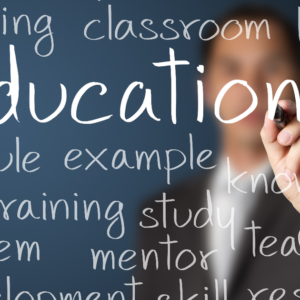As it currently stands in the second decade of the 21st Century, most of the adolescent and preadolescent boys and girls attending public schools in the United States sadly don’t grasp the meaningful value of the 12 years of free educationaldepartments offered to them. The most comfortable and technically modern classrooms and laboratories are, in most cases, provided by approximately 99,000 public schools in approximately 16,000 school districts across the country for the physical bodies of these, approximately, 50 million elementary, middle, and high school students. The reason I’ve said bodies, and not minds, is that around 70 percent of those millions of students don’t particularly find going to school, free of charge, mentally stimulating and educationally rewarding. These physically healthy school-age children attend school primarily because it is required by law, and when they do come to school, they park their bodies in the comfortable classroom desks, leaving their minds somewhere else, but not at school.
It’s quite thought-provoking to realize that the greater percentage of all the 18 year-old adolescents in the USA, who graduated from American high schools in 2012, actually graduated on a cumulative 10th grade-level. That’s right. From the first-grade to the twelfth-grade, American students are given the freedom to learn as much, or as little, as they have the desire to do; but as the old expression goes, “You can lead a horse to water, but you can’t make him drink.” For the last 40 years most high school seniors in the U.S. have been graduating on a 10th grade-level, some on a 9th grade-level. Strangely though, from 1920 until around 1969, the exact opposite occurred. For those students who attended public schools during those years, 80 percent of all elementary, junior high, and high school students did well academically, and most of them finished 12 years of education and graduated on a 12th grade-level. The dismal decline in learning that started around 1970 was evidenced by the fact that most high school graduates began needing remediation in the basic learning skills (reading, writing, and mathematics). This disturbing trend has rampantly continued to the present day, as approximately 68 percent of the total number of American high school graduates, in 2012, had to remediate the basic academic skills (reading, writing, and basic finite math), which they should have learned during the elementary and middle school years, if they wanted to qualify academically for admission at a major university. Sadly, only a staggering 32 percent of all graduating high school seniors, in 2012, qualified, at the time of graduation, to attend four-year universities.
These dismal figures are understandable only when they are viewed objectively in relationship with the concomitant variables of public education, which I have discussed in great detail in previous essays. These dependent variables are those directly, and primarily, associated with the types of parenting received by the millions of school-age children from their mothers, fathers, and alternate care-givers while at home during the years prior to 1970. In a nutshell, there has never been any reliable substitution in the public schools for the absence of nurturing, loving, caring parents, who send their children to the public schools ready and eager to https://educationaldepartments.com/.

